I'll offer you another solution as well.
While in this case the pdftotext method works with reasonable effort, there may be cases where not each page has the same column widths (as your rather benign PDF shows).
Here the not-so-well-known, but pretty cool Free and OpenSource Software Tabula-Extractor is the best choice.
I myself am using the direct GitHub checkout:
$ cd $HOME ; mkdir svn-stuff ; cd svn-stuff
$ git clone https://github.com/tabulapdf/tabula-extractor.git git.tabula-extractor
I wrote myself a pretty simple wrapper script like this:
$ cat ~/bin/tabulaextr
#!/bin/bash
cd ${HOME}/svn-stuff/git.tabula-extractor/bin
./tabula $@
Since ~/bin/ is in my $PATH, I just run
$ tabulaextr --pages all \
$(pwd)/DAC06E7D1302B790429AF6E84696FCFAB20B.pdf \
| tee my.csv
to extract all the tables from all pages and convert them to a single CSV file.
The first ten (out of a total of 8727) lines of the CVS look like this:
$ head DAC06E7D1302B790429AF6E84696FCFAB20B.csv
Retail Branding,Marketing Name,Device,Model
"","",AD681H,Smartfren Andromax AD681H
"","",FJL21,FJL21
"","",Luno,Luno
"","",T31,Panasonic T31
"","",hws7721g,MediaPad 7 Youth 2
3Q,OC1020A,OC1020A,OC1020A
7Eleven,IN265,IN265,IN265
A.O.I. ELECTRONICS FACTORY,A.O.I.,TR10CS1_11,TR10CS1
AG Mobile,Status,Status,Status
which in the original PDF look like this:

It even got these lines on the last page, 293, right:
nabi,"nabi Big Tab HD\xe2\x84\xa2 20""",DMTAB-NV20A,DMTAB-NV20A
nabi,"nabi Big Tab HD\xe2\x84\xa2 24""",DMTAB-NV24A,DMTAB-NV24A
which look on the PDF page like this:

TabulaPDF and Tabula-Extractor are really, really cool for jobs like this!
Update
Here is an ASCiinema screencast (which you also can download and re-play locally in your Linux/MacOSX/Unix terminal with the help of the asciinema command line tool), starring tabula-extractor:







